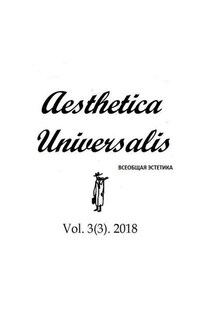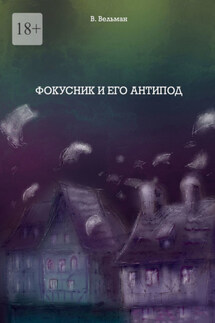Vol. 3 (3). 2018 - страница 17
Arabs II and Arabs III (with Pitcher) both from 1911 show Kandinsky conflating his visual references to Tunisia with Persian and possibly Syrian influences in broad stereotypes of Orientalism. Before discussing these paintings individually, it is important to note that by naming the pair Arabs II and Arabs III (with Pitcher), Kandinsky made a deliberate link back to the first of his abstract-Orientalist paintings: Arabs I (Cemetery). Stylistically the three are dramatically different; the titular link suggests that his intention was to link the paintings by theme. The titles prepare the viewer to search out, even in the most dissolved forms, conventional images of «the Arab’, and, by implication, to make the association between Orientalist themes and spirituality. In Arabs II55, the composition is centred around a group of galloping blue horses ridden by the abstracted forms of men in flowing white burnouses. Of the figures in the lower right corner, the red ones are barely discernible other than by the turbans on the backs of their heads, while the small figure pointing to the riders clearly has dark skin and a red cechia hat reminiscent of the left-hand figure in Orientals.
In Arabs III (with Pitcher) (Fig. 12), only the title allows the identification of the almost entirely dissolved shapes in the upper left and right of the painting as riders on galloping or rearing horses ridden by men in white burnouses and wearing turbans. The reclining woman and the pitcher are, by contrast, easily identifiable. The reclining woman with her exotic veil and chin in her hand does not appear in sketches or photographs from the trip to Tunisia. It seems most likely that she was introduced as a visual cue to the Orientalist theme of the painting, particularly given that the «Oriental’ horsemen are almost entirely dissolved into abstract shapes. The presence of a reclining woman in Orientalist art is one with which Kandinsky and his viewers would have been familiar from innumerable Odalisques painted since the eighteenth century, all erotic fantasies based on assumptions around the availability of sexual encounters in «the Orient’.56
Ambivalence and Postcolonial Theory
Before proceeding further with an analysis of these paintings, it is necessary to address the treatment of postcolonial theory and its related terminology used in this study. The decades-long debate around «Orientalism’ has been highly charged. The term itself is burdened with a multiplicity of meanings, and will be largely avoided in this paper in favour of the adjective «Orientalist’ (in relation to art or themes) which is used here to reference an affinity with a genre of painting produced mainly in Europe during the nineteenth and twentieth centuries featuring largely imaginary scenes of people and places outside of Europe, often in the Middle East and Northern Africa. The term «Orientalism’ will be used sparingly to reference the postcolonial debate around the meaning of «the West’s’ engagement with «the Orient’. Other than the brief outline below, this paper does not purport to reproduce a history of the debate, but rather extends some of its most important ideas to an analysis of Kandinsky’s abstract-Orientalist paintings.






